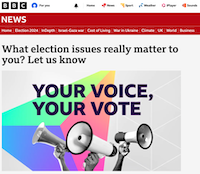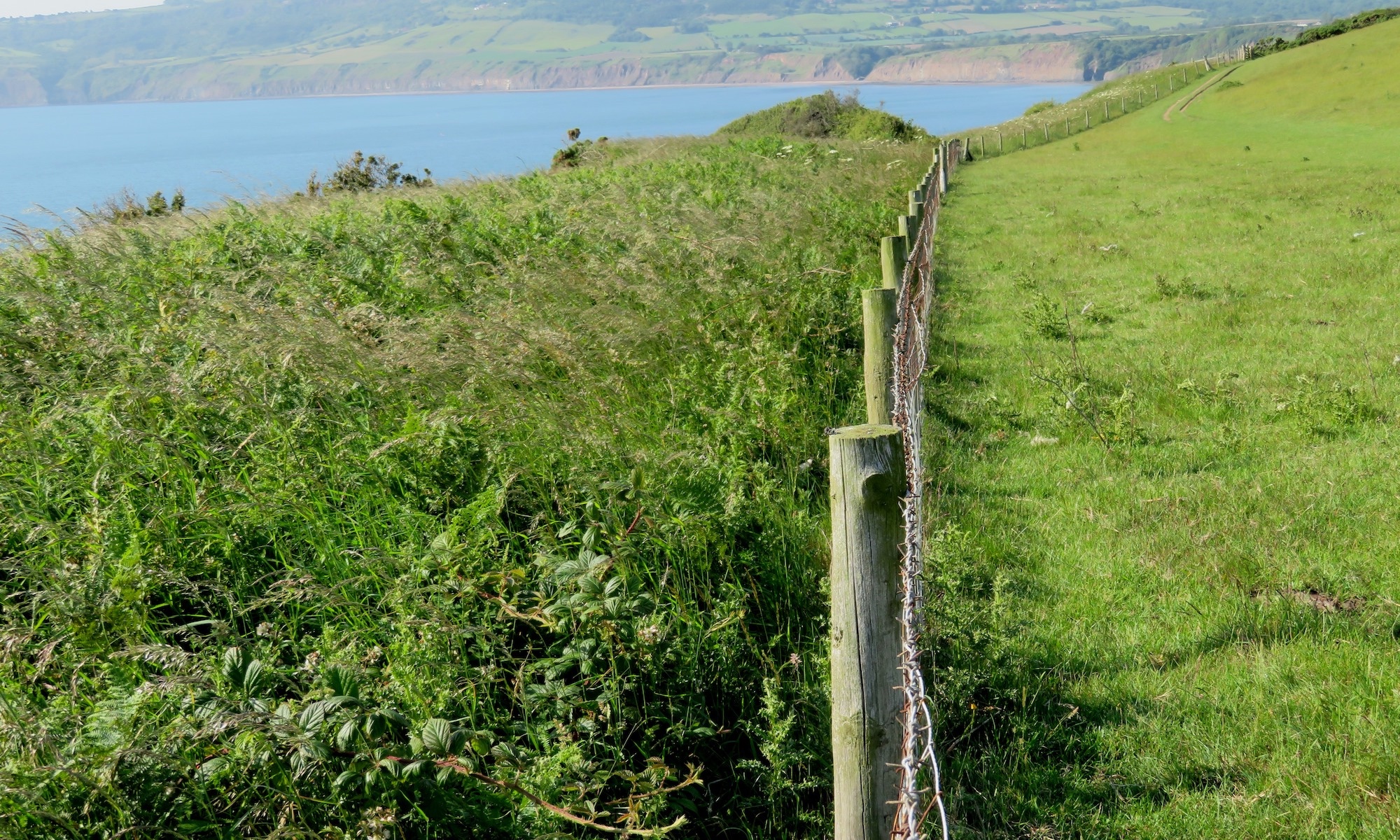[All the following is just John playing around with content and layout]
Biodiversity, natural abundance, and functioning, connected ecosystems are fundamental to human well-being and a healthy planet that prospers within its ecological and climatological planetary boundaries. This includes economic prosperity for all people because we entirely depend on functioning nature for food, medicine, energy, clean air and water, security from natural disasters, and recreation and cultural inspiration, and it supports all systems of life on Earth.
The vision of the Kunming-Montreal Global Biodiversity Framework is a world of living in harmony with nature where “by 2050, biodiversity is valued, conserved, restored and wisely used, maintaining ecosystem services, sustaining a healthy planet and delivering benefits essential for all people.” The mission of the Framework for the period up to 2030, towards the 2050 vision is: “To take urgent action to halt and reverse biodiversity loss to put nature on a path to recovery for the benefit of people and planet by conserving and sustainably using biodiversity and by ensuring the fair and equitable sharing of benefits from the use of genetic resources, while providing the necessary means of implementation.”
To achieve this, we need our next government, irrespective of which party forms it, to make radical changes in order to reverse the decline of nature, improve ecosystems and the abundance of species, and commit to nature recovery, through the dedication of 30% of land and seas by 2030, in line with the vision and mission of the Kunming-Montreal Global Biodiversity Framework.
We need the next UK Government to #ThinkBigVoteWild for nature, people and planet.
We believe that rewilding, and specifically the calls to action in this “rewilding manifesto” from Rewilding Britain, offers the best route towards achieving nature’s recovery in the UK:
- Rapidly deliver 30% rewilding by 2030: Turbocharge rewilding to help us transition to a nature-rich, low-carbon future while delivering real, locally generated benefits today.
- Expand nature-based jobs and businesses: Incentivise and invest in nature-based production and enterprise linked to rewilding as part of a just, green transition.
- Make wild nature a right for all: Improve access to and restore our connection with wilder nature to benefit all our health and wellbeing.
- Empower communities to lead rewilding: Place people and communities at the heart of decisions about our land and seas and its recovery.
- Create a game-changing shift in rewilding funding and investment: Drive long term, sustainable, public and private investment into 30% rewilding delivery within a financial system that values and invests in nature.
To check who you can vote for…
What can you do?
- Contact the electoral candidates who are standing in your constituency and tell them nature recovery is important and why.
- Find out where your local hustings will be, attend, and ask questions.
- Speak to any canvassers on your doorstep about environmental issues.
- Vote! Use your voice and your vote to promote rewilding, climate change, and environmental policies. And don’t forget to take your voter ID if you are voting in-person at a polling station on 4th July!
What should I write to candidates?
Here’s a sample/template that you could use as the basis for communications to electoral candidates, although we’d encourage you to personalise it.
| Dear idiot politician, Your party’s recent framing of net zero, climate science, and loss of nature shows you all have a flimsy grasp of the science or logic. It scares the healthy gut biome out of me, I can tell you. Why are you all so ecologically illiterate? Are you simply gullible, conspiracy-haunted, logic-impaired, or just stubbornly ignorant? Not all opinions are equally valid when it comes to scientific expertise. If you disagree with the science and scientists and you are not a scientist, it’s not a disagreement. You are simply wrong. Disrespectfully yours, John Hartshorn MSc PgCert (Green Economy) FRGS CGeog (that’s right, numbwhit, an actual Subject Matter Expert) |
What election issues really matter to you?
Are you concerned by the media’s coverage (or lack of) of environmental issues? Let the BBC know by clicking the following image…

For MPs from the last parliament seeking re-election, what are their voting records on environmental issues?
For MPs seeking re-election, you can also check your most recent MP’s voting record on environmental issues.
Click on the map markers to see a link to their voting record, but please remember that these are the MPs that were in your constituencies up to the dissolution of parliament and for the constituency boundaries that existed for that parliament and which may now have changed.
The links are from TheyWorkForYou, which is a service from the following charity:

Climate-voting by MPs
VoteClimate has produced a table of scores for how MPs have voted on climate related issues since 2010. It’s presented ranked from highest score to lowest, with ratings given as “Very Good”, “Good”, “Medium”, or “Anti”, and the methodology is explained in the introductory paragraph.
Click this logo to go to the table:


